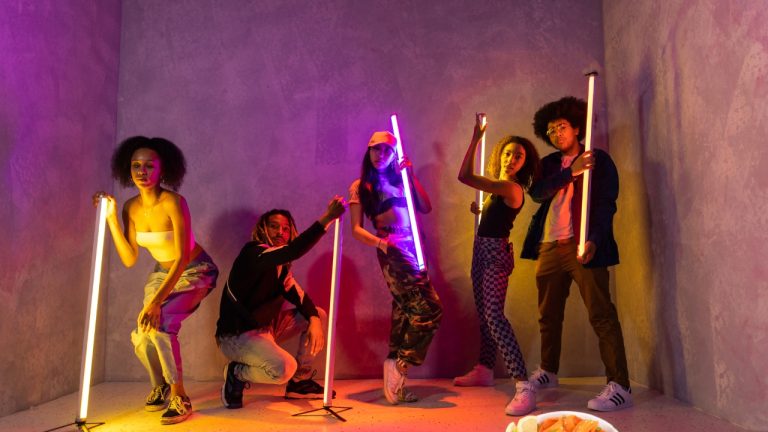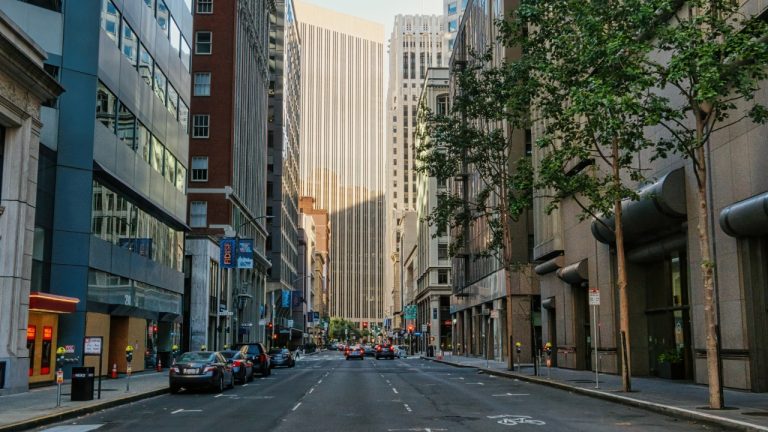A few months ago, I scrolled past a photo of the Pope wearing a white puffer jacket. Gucci-level swagger, hand raised like a runway model. I didn’t question it for a second. Why would I? The lighting looked right, the folds believable, and the internet had already started making memes. Only later did I learn it wasn’t real. No Vatican stylist. No winter fashion collabo. Just a creation from Midjourney.
That moment stuck. Not because I’d been fooled, but because I realised how effortless it’s become to believe something that doesn’t exist.
When Pixels Started Pretending
Once upon a time, you could spot the fakes easily. AI portraits had too many teeth. Eyes gleamed like polished marbles. Fingers fused or multiplied like they’d missed biology class. But the machines have grown up fast. They’ve learned our tricks, shadows, reflections, skin pores, even the randomness of stray hair strands.
Now, the difference between a photo and a prompt feels like the difference between déjà vu and memory. You’re not entirely sure which one came first, but both feel true enough.
The tech behind it stable diffusion models, neural rendering, high-fidelity texture mapping doesn’t even sound sci-fi anymore. It’s a Tuesday news headline. These systems study billions of images, extract visual grammar, and reproduce it with eerie accuracy. And they’re improving faster than we can fact-check.
Funny how that happens.
The New Test of Vision Isn’t Seeing It’s Noticing
I showed an AI-generated photo of an “Indian wedding in the hills” to a friend who’s a photographer. She stared at it for a good minute before saying, “It’s the eyes. Everyone’s looking in slightly different directions.”
That’s how the human brain catches tiny inconsistencies in behaviour, not big flaws in detail.
But AI is learning that too. Tools like DALL·E 3 and Midjourney v6 now simulate eye contact, lens distortion, and camera noise that used to give them away. Even reflections in mirrors once the Achilles’ heel of generated images are now scarily precise. The line is blurring, not because machines are perfect, but because we’ve stopped paying as much attention.
You scroll fast. You trust the lighting. You assume authenticity because who would lie with pixels, right? Turns out, everyone. From meme creators to political propagandists to that one friend who “made” a sunset photo that never happened.
The Emotional Turing Test
It’s not just about spotting realism anymore. It’s about recognising intent.
Real photographers capture a moment. AI fabricates an impression.
There’s an emotional fingerprint missing from most AI images, a sort of lived imperfection. A slight blur where the photographer’s hand trembled. A shadow cast by timing, not programming.
That’s why even the most realistic AI faces can feel a little hollow. They show you beauty, but not why it mattered.
Psychologists call it “authenticity deficit.” When the image is flawless, the brain subconsciously senses something off. Too smooth. Too symmetrical. Too knowing. Like an actor holding eye contact for a beat too long.
And yet, many people find AI art comforting, safe, pliable, and endless. You can make whatever world you want, free from the randomness of real life. That’s the seduction: control disguised as creativity.
How We’re Already Losing the Game
There’s a quiet irony in this whole debate. We demand that AI be perfect, but we judge its perfection as fake. When it messes up, we laugh. When it succeeds, we distrust it. Either way, it can’t win.
Take social media. Influencers are now mixing real and AI-generated lifestyle photos, sometimes to fill posting gaps, sometimes to “test engagement.” Most followers don’t notice or care. Because what people engage with isn’t always true. It’s vibe.
Brands, too, are joining the illusion. AI-generated ads of food that glisten better than reality. Virtual models wearing clothes that haven’t been sewn yet. Real estate renders so vivid they make unfinished buildings feel lived-in.
We’re no longer asking, “Is this real?” We’re asking, “Does this feel real enough?”
That’s the subtle shift. Authenticity has become a performance metric, not a moral line.
Why Your Brain Keeps Getting Tricked
Vision isn’t a camera, it’s a storyteller. It fills gaps, smooths edges, corrects inconsistencies.
That’s why you can’t tell when someone swaps your morning coffee brand, or when the colour temperature of your TV changes slightly. The brain edits for convenience. It wants harmony more than accuracy.
AI knows this. That’s its secret weapon.
Every time we share a slightly enhanced photo, or smooth out wrinkles with filters, we’re teaching ourselves to tolerate unreality. So when AI-generated content arrives, our brains shrug. We’ve already adjusted our threshold for truth.
Think of it as the uncanny valley shrinking, pixel by pixel. Not because machines became human, but because humans lowered their guard.
The Quiet Return of Trust
Still, there’s hope. You can train your eyes again.
Small things: reflections, hand shapes, shadows under the chin, glass distortions.
Also, the “story behind the image.” Real photographers can tell you where, when, and why they shot something. AI can’t. It only tells you what it thinks you want to see.
There’s a trick some journalists use: zoom into the corners. AI often misses context. Backgrounds melt. Objects duplicate. Grass patterns repeat like wallpaper.
Another clue? Emotion. Real images have asymmetry: one person smiling while another blinks. AI prefers balance. It over-averages life.
And if you still can’t tell? Ask yourself who benefits from you believing it. The motive often reveals more truth than the pixels.
The Creative Middle Ground
Here’s the paradox: AI-generated images aren’t evil. They’re tools, just powerful, seductive ones.
Artists are already using them as digital paintbrushes. Architects render ideas in seconds. Fashion designers test fabrics that don’t exist yet. Photographers collaborate with models who live only in code.
It’s not about replacing reality. It’s about imagining beyond it.
The trick, I guess, is transparency. When creators openly label AI-generated work, the audience leans in differently. The conversation becomes about possibility, not deception. You start admiring the craft of prompting instead of mistaking it for lived experience.
We did this with photography once. People once thought photos “stole souls.” Then they learned to see them as art. Maybe AI is just the next lens, one that forces us to redefine what authenticity means.
A Personal Confession
Sometimes, I test myself. I’ll open a subreddit or Discord feed full of AI art and try to guess what’s real. I’m wrong more often than I’d like to admit.
But something interesting happens when I stop guessing and start feeling. Real photos carry a certain patience, a pause, a flaw, a story that breathes.
AI images, for all their brilliance, feel like dreams that end too neatly.
Maybe that’s the giveaway. Reality rarely wraps up perfectly. There’s always a loose thread, a shadow slightly off, someone blinking mid-laugh. Those tiny accidents are proof of life.
The Future of Seeing
In a few years, spotting AI images might be impossible. Detection tools will chase generation tools like a cat chasing a laser pointer. You’ll see entire news feeds of content that never happened but feels emotionally true.
So maybe the real skill we’ll need isn’t visual literacy, it’s emotional literacy. The ability to ask, “Does this matter?” instead of “Is this real?”
Because some AI-generated images will still move you. Others will mislead you. The difference won’t lie in the pixels, but in purpose. In intention.
That’s what separates art from illusion, creation from manipulation.
One Last Look
If you’re wondering how to tell, here’s my advice: don’t rush.
Let your eyes wander. Let doubt linger.
Zoom in. Notice reflections. Notice feelings.
Because the point isn’t to win the guessing game it’s to remember that seeing was never about just looking. It was about noticing what hides behind the obvious.
And if this made you pause or smile, explore more playful, thought-provoking quizzes on Trendy Quiz because self-discovery should always feel fun.




